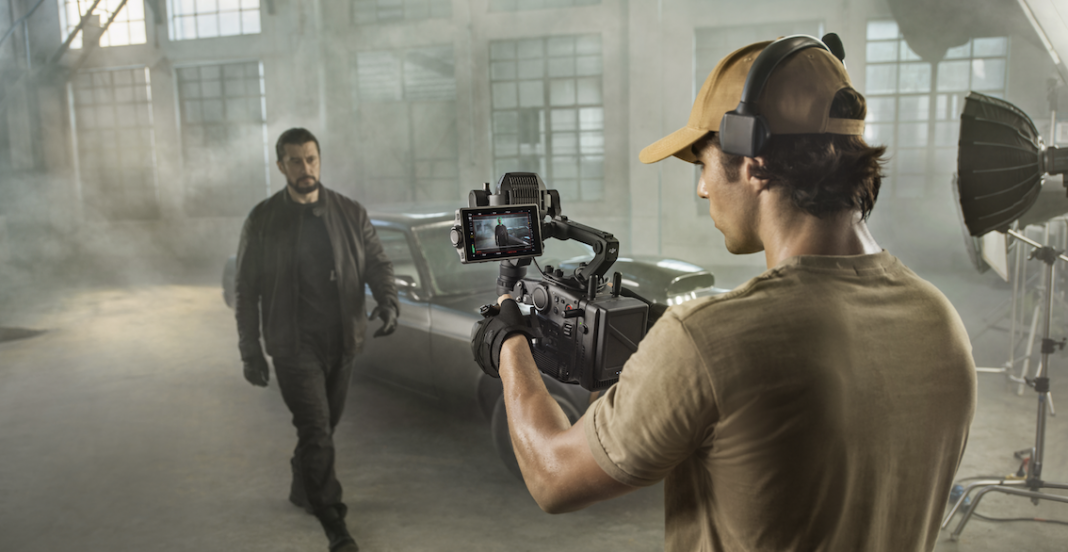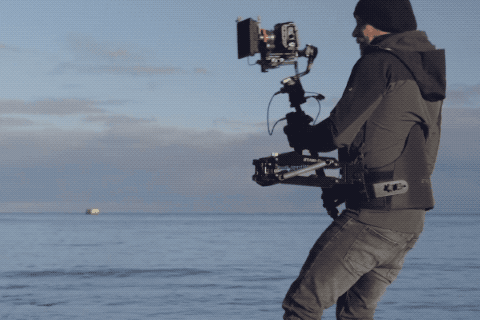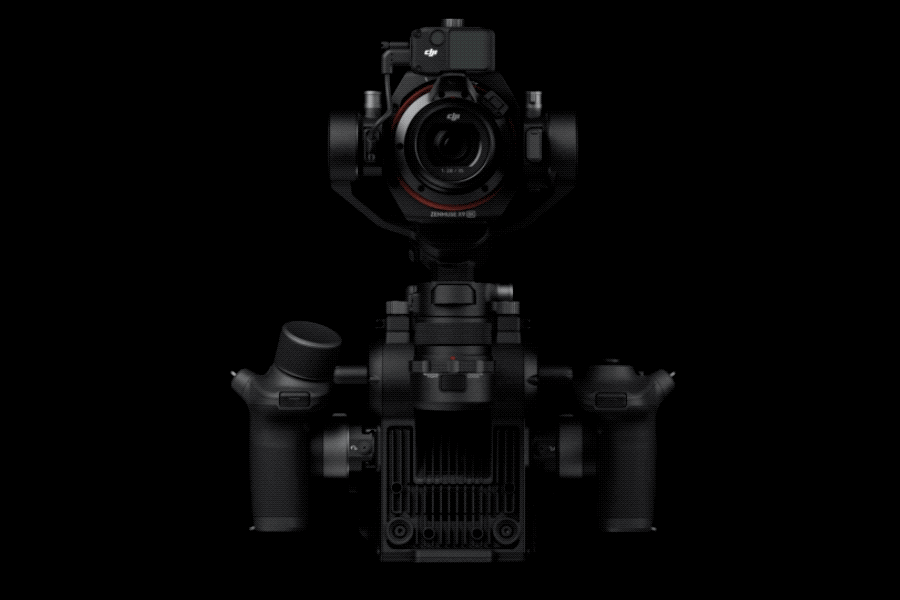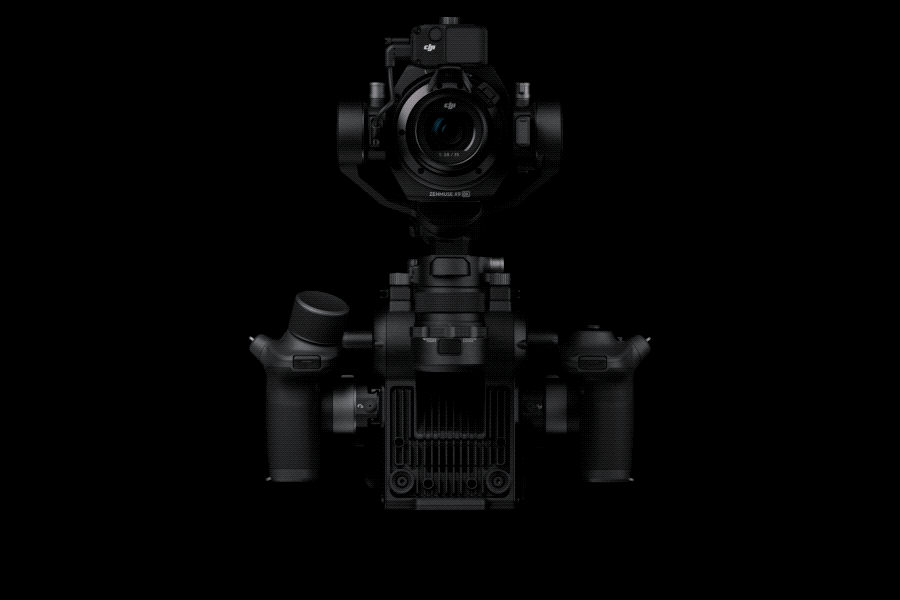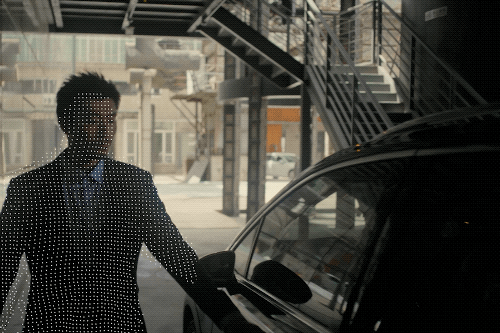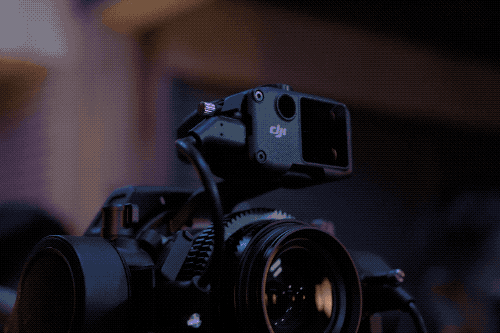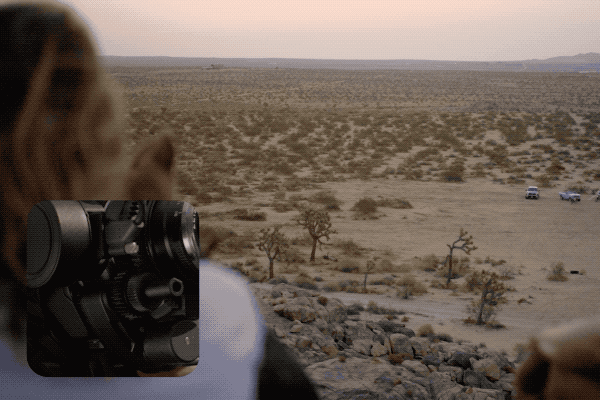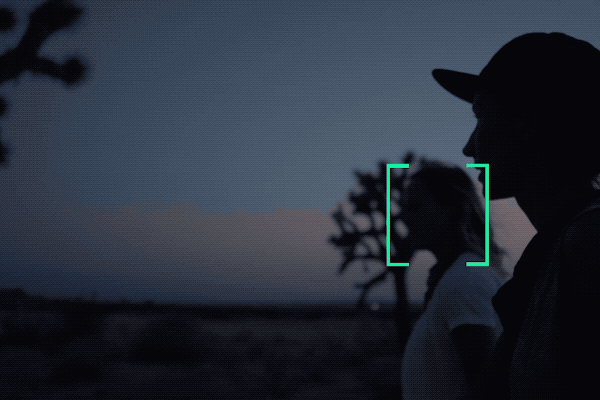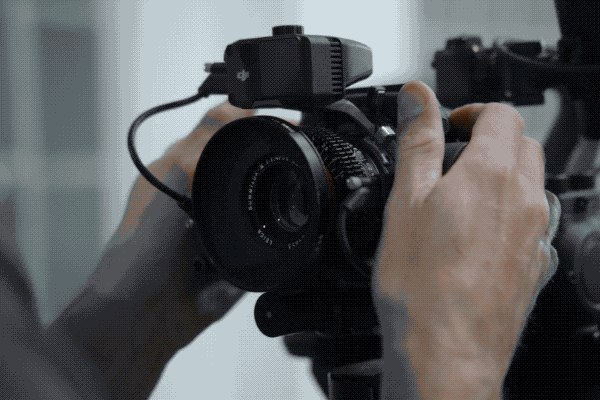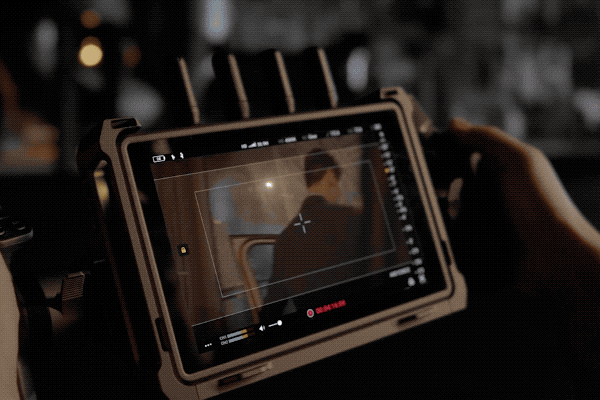The powerful new cinema camera, DJI Ronin 4D, has amazed the industry with its groundbreaking all-in-one solution that delivers high efficiency and intuitiveness along with streamlined workflows. So, what are the cool technologies behind Ronin 4D’s versatility? Let’s find out!
Cool Tech 1: 4-Axis Active Stabilization
Traditional Stabilization
Stable imagery is a never-ending pursuit for cinematographers. Traditionally, photographers resort to using dollys, rigs, anti-damping arms, Steadicams, and stabilizers to facilitate shooting. However, vertical camera shake is still not directly fixed by these traditional 3-axis stabilizers.
What is the 4-axis active stabilization of Ronin 4D?
DJI Ronin 4D adds a Z-Axis to the traditional 3-axis gimbal setup to decrease vertical camera shake. Compared with passive stabilization, the active stabilization of Ronin 4D supports faster responses to lens movements to offset shake in different directions.
Ronin 4D is also equipped with forward and downward dual-visual sensors for visual positioning. Downward sensing is a combination of dual-visual sensors and a 3D ToF camera, suitable for slopes, staircases, and other scenarios where the ground has changes in height. DJI honed each detail to its optimal state, letting the built-in IMU, barometer, visual sensors, ToF, and other sensors work seamlessly with an advanced new algorithm to bring overall stabilization to an entirely new level.
What kind of stabilization does Ronin 4D support?
The active stabilization of Ronin 4D can cope with different scenarios. Take staircase shots as an example. Traditional shooting often turns to solutions such as Steadicams or sloped pavement structures to address camera shake, even if Ronin 4D moves vertically, it can be compensated by the fourth axis in real time, without the need to practice steps or pacing, resulting in an optimized stabilization effect in scenarios where you need it most.
What scenarios can Ronin 4D be used?
Ronin 4D can capture smooth, stable footage in complicated scenarios like running, going up and down stairs, close-up pans, narrow-space shooting, shooting in/on vehicles, and much more.
Cool Tech 2: LiDAR Waveform
What is LiDAR and what is it for?
The LiDAR Range Finder of Ronin 4D can cast up to 43,200 ranging points. By detecting the time difference between sending and receiving signals, it accurately measures the distance of each ranging point, and integrates the information in real time to effectively detect depth information of the forward environment. In order to restore distance information of each subject in the scene, Ronin 4D uses a top-down view to display the forward environment with a distance meter. This is LiDAR Waveform, and it allows the focus puller to simply and directly adjust focus according to their subject or desired focusing effect.
How is LiDAR focusing better than traditional solutions?
Professional shooting normally requires a professional focus puller. As the industry has increasing demands for imaging and lens quality, focus pullers are expected to provide more accurate control. With traditional focusing solutions, focus pullers normally use focus peaking or sonar to measure range. LiDAR Waveform, on the other hand, can directly show depth information of the environment. This transforms the user experience to make operation significantly easier and more intuitive. With Ronin 4D, focusing is no longer limited to experienced focus pullers. New users can now easily achieve professional-grade focusing precision.
How does it work with autofocus to achieve Automated Manual Focus?
Ronin 4D comes with the first-ever Automated Manual Focus mode that supports both autofocus and manual control, delivering an innovative imaging experience with high efficiency. When the subject moves, the focus motor drives the lens to follow focus, and the focus wheel on the right hand grip rotates in sync as the distance of the subject changes. As the focus wheel rotates automatically, the photographer can determine the position of focus under autofocus and manual focus from the green and yellow lines, respectively, on the waveform. This allows manually controlled focus whenever it’s needed during shooting. The focus wheel even features dynamic damping with electromagnetic technology. This gives cinematographers an accurate physical sense of control, and helps them to grasp changes in the distance of the focus point, providing a better focusing experience.
* The green line in the waveform shows the focal plane position of the target as detected automatically by Ronin 4D, whereas the yellow line shows the current position of the focal plane.
Cool Tech 3: Integrated Auto Focusing and Tracking System
How is the autofocus of Ronin 4D different from traditional cameras?
Traditional cameras usually cannot focus accurately when the subject is moving fast, the texture of the subject is unclear, or the environment lighting is poor or too dark. In the Autofocus mode of Ronin 4D, the LiDAR Range Finder detects movement of the subject 20 times per second. Even when the subject is in low-lit environments or there is motion blur, Ronin 4D can drive the gimbal to continuously track and keep the subject in focus.
How does Ronin 4D achieve autofocus on manual lenses?
The all-new LiDAR focusing system works with the X9 Focus Motor. Once the lens calibration is completed to identify the range between the nearest focus point and infinity, Ronin 4D can determine depth of field, allowing manual lenses to continuously focus on the subject. This makes it especially convenient for solo operators.
How does it work with ActiveTrack Pro?
DJI’s proprietary computer vision, deep learning technology, and the robust computing power of CineCore 3.0 combine in ActiveTrack Pro to support the tracking of any subject. It can effectively recognize human faces, heads, shoulders, and even arms and legs. Continuous tracking of people is available even from farther distances. You can now attain tracking shots effortlessly, and even adjust focus and composition any time during tracking to keep the focus point sharp and clear.
How does this help with solo shooting?
Traditional filming crews would equip four staff members for a single machine. In addition to the camera operator there would be a gimbal operator, focus puller, and an additional assistant. Smooth shooting would not be possible without close coordination of the entire team. In comparison, Ronin 4D integrates all necessary modules and provides additional assistance. Features like ActiveTrack Pro and autofocus allow one cinematographer to finish most of the shooting independently and focus entirely on creativity to deliver ideal shots.
Cool Tech 4: DJI O3 Pro Video Transmission
How is DJI O3 Pro different from traditional video transmission?
Most video transmission solutions on the market use fixed frequency bands and do not support auto frequency switching. Video transmission performance lowers when there is significant interference in the environment. Ronin 4D uses the all-new DJI O3 Pro Video Transmission technology that offers a 20,000-foot transmission range. In addition to 2.4 GHz and 5.8 GHz, it supports the DFS frequency band* and an AES 256-bit encryption algorithm that can output a 1080p/60fps FHD feed to multiple remote monitors simultaneously with significantly enhanced security, stability, and anti-interference capability.
* Not available in certain countries and regions.
How does DJI O3 Pro achieve ultra-low latency?
In traditional video transmission, image processing, transmission, and display come from the collaboration of equipment from different brands, resulting in a certain level of transmission latency. In comparison, DJI’s proprietary chip powers the imaging system, video transmitter, video receiver, and remote monitor of Ronin 4D. Together, these components form a streamlined wireless transmission system with every link explicitly optimized to provide end-to-end ultra-low transmission latency.
How does it facilitate coordinated shooting for professional crews?
The High-Bright Remote Monitor was launched together with DJI Ronin 4D. With a built-in wireless video receiver, it features a 1,500-nit-brightness display and can output both HDMI and SDI signals. Its compact and lightweight body provides optimum portability and efficient setup so users can start shooting immediately. In addition, Broadcast mode of the remote monitor sets no limit on the number of receivers and is suitable for monitoring with large crews. In Control mode, it supports two receivers to collaboratively control gimbal and focus, making coordinated shooting for professional crews easier than ever.
What unique features does the High-Bright Remote Monitor have?
Mirror Control Mode* gives the High-Bright Remote Monitor an identical control interface as the main monitor, including all advanced features such as source material playback, video specification, and gimbal settings, which can now be remotely adjusted, even when Ronin 4D is mounted to expansion platforms such as a jib, cable cam, or vehicle mount. The High-Bright Remote Monitor also has a built-in microSD card slot that supports independent video recording at up to 1080p/60fps. When several remote monitors are used in conjunction, each monitor can play back material separately without interfering with other monitors.
* Available in a future firmware update.
A Game Changer
With passion and imagination for cinematic imaging, DJI is dedicated to making continuous industry breakthroughs. With all of the cutting-edge technologies of DJI, Ronin 4D brings the future of possible to filmmaking.
For more information on the DJI Ronin 4D contact our team on 09 216 5386 or email info@djistore.co.nz. Alternatively click the button below to read more.


